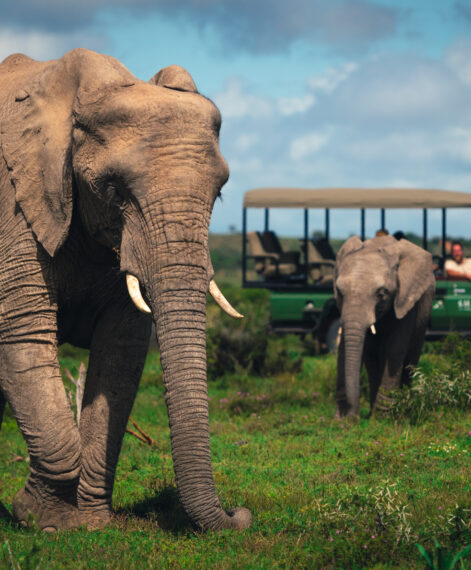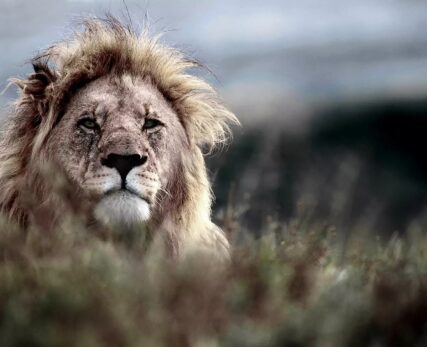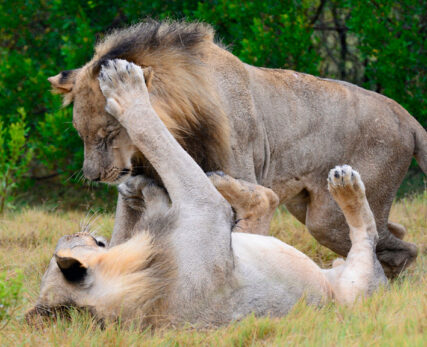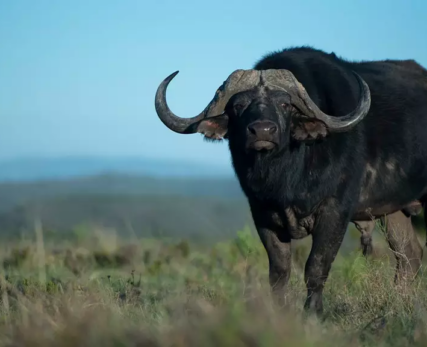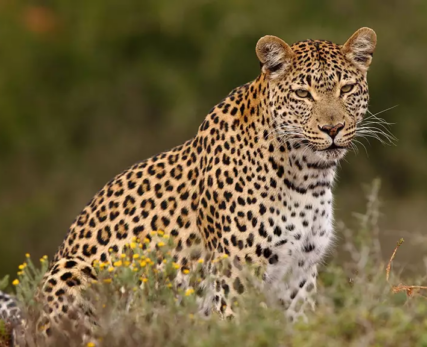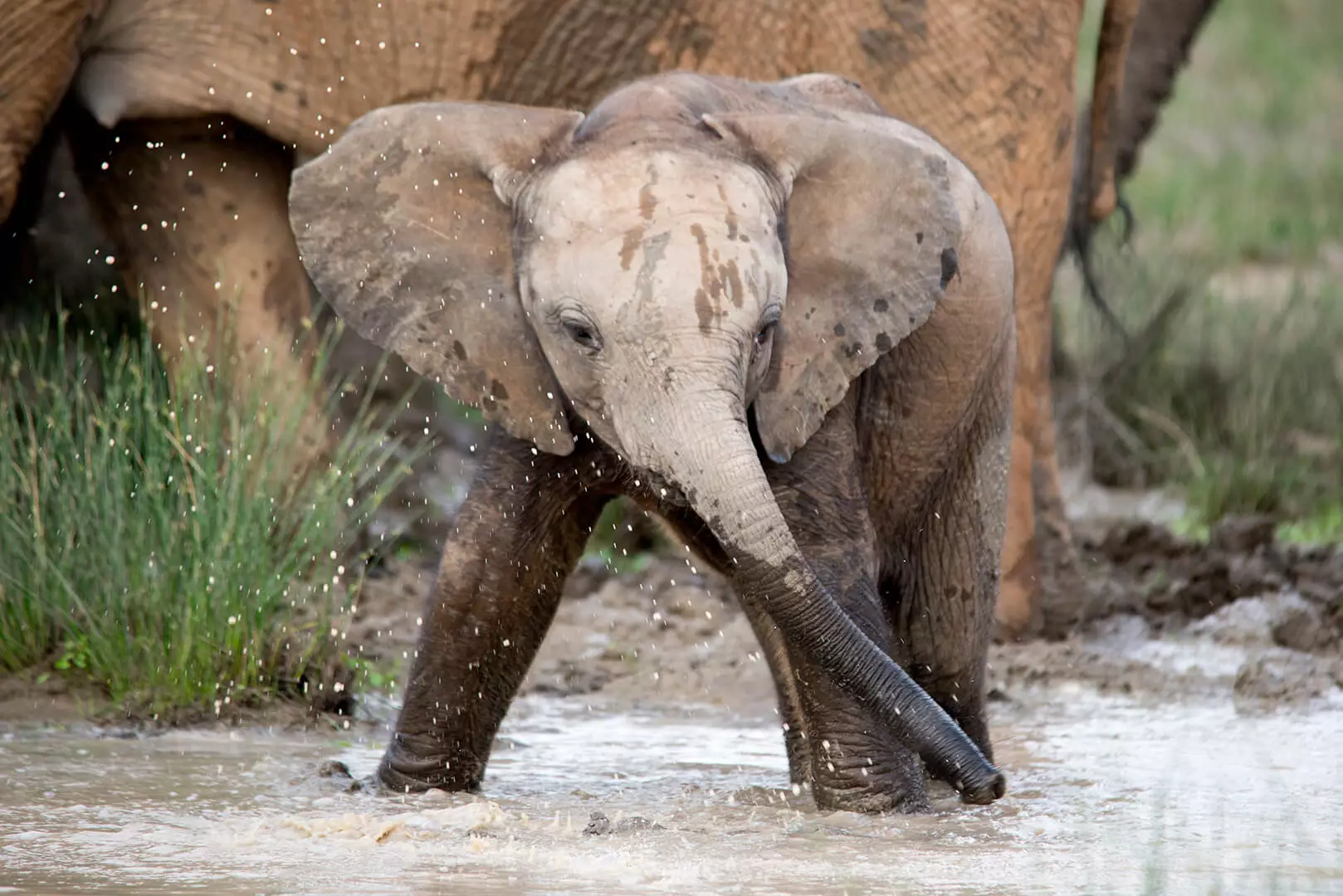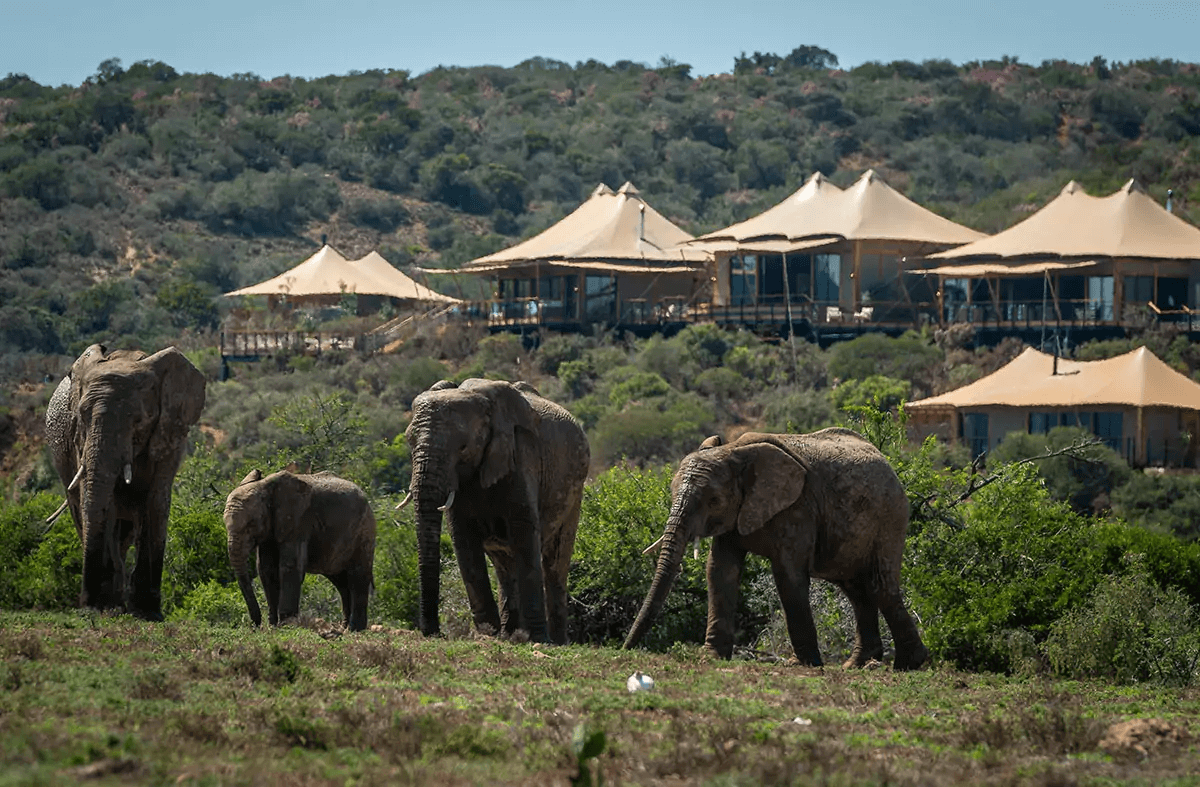If you’re a lover of animals and Africa, then you should be familiar with the term “the Big Five”. It refers to the five most dangerous animals to hunt in Africa and originated many years ago. However, times have changed and today the term is used widely to describe these powerful, majestic animals.
They are considered the most sought-after animals to see when going on safari. In fact, many travellers have the Big Five at the top of their safari checklist. Familiarise yourself with these amazing animals before setting off on your next trip.
What Are the Big Five
So, what mammals make up the Big Five? They are: the African lion, the Cape buffalo, the African leopard, the black rhinoceros, and the African elephant.
They are powerful, magnificent and the sight of them leaves you in awe. It’s important to keep in mind that although fascinating, the Big Five does not make up the continent’s only spectacular wildlife.
Where Can You See the Big Five
The Big Five are found in national parks and private game reserves across Africa. There’s no shortage of locations to see them and many other impressive animals as well. South Africa is a prime wildlife destination with magical scenery covering the country’s diverse regions.
SA-Venues.com has a list of world-class South African reserves and national parks where you can find the Big Five roaming – Shamwari Private Game Reserve counted among them.
The African Lion
Scientific name: Panthera leo
The African lion is easily one of the most popular members of the Big Five. This big cat represents sheer power and commands it in its presence. Lions are a symbol of strength and are the second largest cat species in the world, after the tiger.
Appearance
Female lions are about 1.1 metres tall (at the shoulder) and weigh around 120 kilograms, while male lions reach about 1.2 metres in height and can weigh up to 250 kilograms.
Adult lions are tawny in colour while cubs have spots that fade away as they grow older. Male lions have a distinguishing mane that frames their face that is usually brown or black in colour. Lions also have black tips on their ears and tail that act as “follow me” signs.
